Valls: Human towers, the calçotada and culture
Be sure not to miss: the Arciprestal de Sant Joan, with a remarkable group of Baroque works and the tallest bell tower in Catalunya; the Capella del Roser; the pati; the Font de la Manxa, with the monument to the Xiquets de Valls; Valls Museum; and the Sanctuary of Lledó. You can take several guided tours of the city or stroll through the streets and squares of the historic centre and discover some of the secrets it hides, such as the future Catalunya Casteller Museum.
Valls is known as the birthplace of the castells – the centre of the human tower world - and for being the city of origin of the calçotada and the Catalunya Police Force (Mossos d'Esquadra). Thousands of people visit the capital of Alt Camp every year to taste the calçots of Valls, protected by a PGI. The calçot dishes can be made from November to April, but if you come in November you can also taste the new oil at the Cooperativa Agrícola.
The Arciprestal Church of Sant Joan is the most important monument in the city. The Gothic nave is grandiose and presided over by an altarpiece rebuilt by a team led by the sculptor, Josep Busquets, from the Baroque altarpiece of Tremulles destroyed during the Civil War. The church has works by the Baroque sculptor Lluís Bonifàs Massó, the Grau brothers, the Valls painter Jaume Pons Monravà and by Pere Queralt in the Capella dels Dolors. The Chapel of la Mare de Déu de la Candela is a must see.
You must also visit the tallest bell tower in Catalunya, 74 m high. When you reach the top, after lots of stairs and with your legs trembling, you will have a bird's eye view and unique perspective of the Camp de Tarragona.
Blat Square is considered the epicentre of human tower building. Just below there is the old air raid shelter, which you can also visit. Also in Blat Square stands the Catalunya Castells Museum, open to the public from the end of 2020. The Town Hall building houses the Famous Citizens Gallery, with portraits of Jaume Huguet, Narcís Oller, Robert Gerhard, Carles Cardó, the Català Roca family and Cèsar Martinell, among others.
In the city's commercial centre, you will find the Capella del Roser on Calle de la Cort, which houses one of the jewels of Catalan Baroque art: the 17th-century commemorative tile ceiling of the Lepant Battle, declared a BCIN. Continuing along Calle de la Cort you arrive at Pati, the nerve centre of the city, and then up to Font de la Manxa, with the monument to the Xiquets de Valls, the work of Josep Busquets. If you continue along the Paseo de los Capuchinos, you will discover three jewels from Valls: the Sanctuary of Mare de Déu del Lledó, with the Gothic Virgin, the altarpiece by Cèsar Martinell and the paintings by Galofre Oller and Català Gomis; the Valls Museum, one of the most notable art galleries in Catalunya, with constant programmes of temporary exhibitions; and the Popular Library, the first to be built by the Catalunya Mancomunidad or regional association, currently renovated as an exhibition hall.
To complete the discovery of the city, you can take several guided tours that reveal unique and charming places to the visitor. The Cèsar Martinell Route is one offered by the city's Tourist Office, located next to Blat Square. Cèsar Martinell, a disciple of Gaudí and the builder of numerous wineries (the so-called 'wine cathedrals'), was born in the city, where he created several constructions.
We recommend you walk to the Plaza de l'Oli, in the heart of the historic centre, where there has been a weekly market for over 800 years. Near this square is the old Jewish quarter and, right at the crossroads where he was supposed to have been dismembered, a sculpture reproduces the head of the famous bandit Joan Serra, called la Pera, the subject of the well-known song by Lluís Llach.
Every 10 years, Valls celebrates the Decennial Festivities in honour of Virgen María de la Candela; the next ones will be held from Friday, January 29 to Sunday, February 7, 2021.
Very close to Valls is the town of Masmolets, known for one of the prestigious restaurants where you can have a good calçotada, and visit a wine cellar and the church of Sant Salvador.
Farther on, near the start of the Bosc de Valls, with its numerous country houses, some of which are modernist, is the town of Fontscaldes, where you will also find good restaurants to have a calçotada, and where you will find the only Iberian ceramic oven in the Camp de Tarragona.
If you want to have a good trip, we suggest you go up to Miramar to La Cogulla to touch the iron cross and see the sea on the horizon.
Notícies relacionades
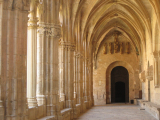





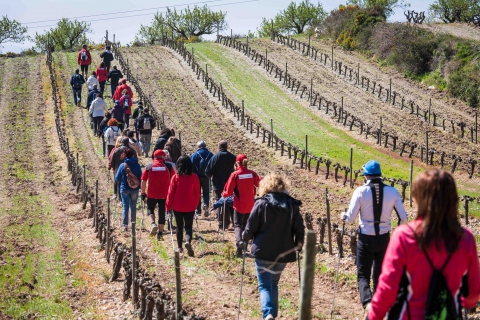
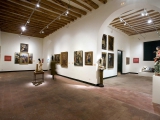
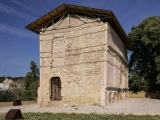
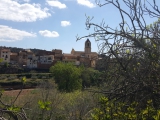
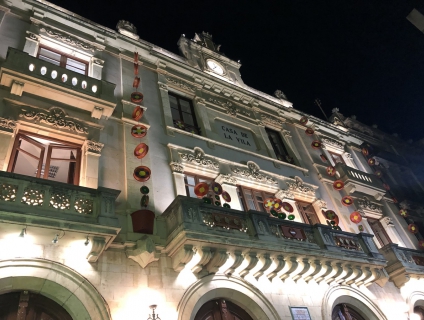
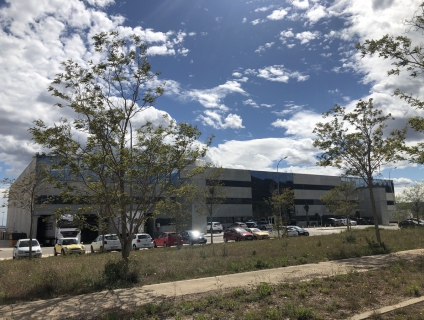
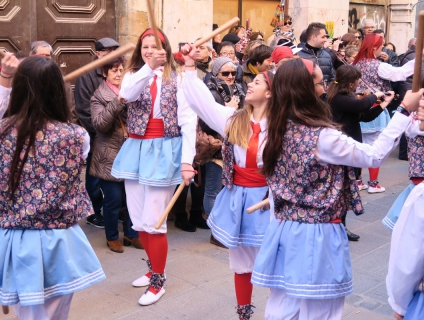
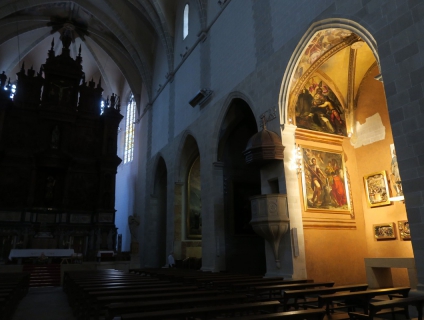
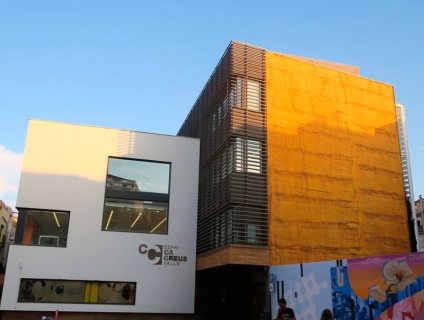
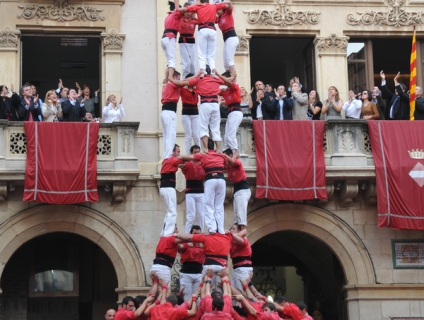
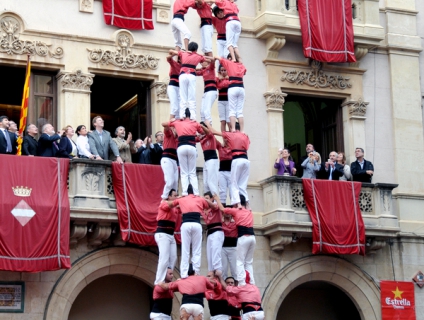
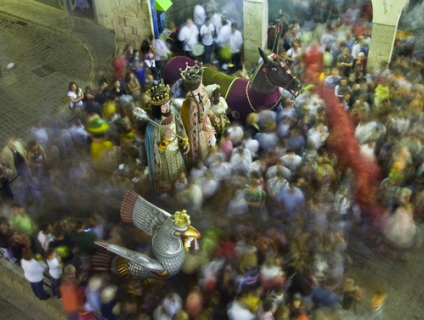
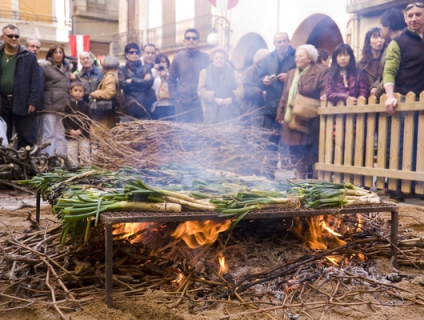
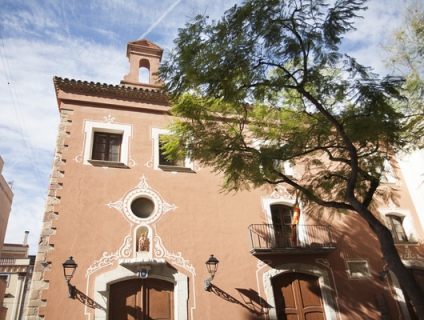











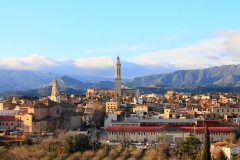



 Entorn Web · Àrea de Coneixement i Qualitat
Entorn Web · Àrea de Coneixement i Qualitat Oficina de Gestió de Turisme de l’Alt Camp
Oficina de Gestió de Turisme de l’Alt Camp






 turismealtcamp
turismealtcamp turismealtcamp
turismealtcamp turismealtcamp
turismealtcamp